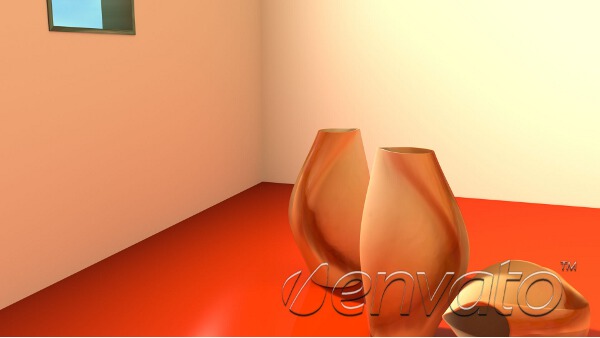3D Touch Carouselresponsive jQuery Carousel plugin for all devices
Mercury is the innermost of the eight planets in the Solar System.
It is also the smallest, and its orbit has the highest eccentricity of the eight.[a]
It orbits the Sun once in about 88 Earth days, completing three rotations about its axis
for every two orbits. Mercury has the smallest axial tilt of the Solar System planets.
The perihelion of Mercury's orbit precesses around the Sun at an excess of 43 arcseconds
per century beyond what is predicted by Newtonian mechanics, a phenomenon that was explained
in the 20th century by Albert Einstein's General Theory of Relativity.[12]
Mercury, being an inferior planet, appears as a morning star and an evening star,
but is much more difficult to see than the other inferior planet, Venus. At its brightest,
Mercury is technically a very bright object when viewed from Earth, but it is not easily seen
in practice because of its proximity in the sky to the Sun.
Custom title with Transitions
CSS3 Transition supported
Venus is the second planet from the Sun, orbiting it every 224.7 Earth days.[11] The planet is named after Venus, the Roman goddess of love and beauty. After the Moon, it is the brightest natural object in the night sky, reaching an apparent magnitude of −4.6, bright enough to cast shadows.[13] Because Venus is an inferior planet from Earth, it never appears to venture far from the Sun: its elongation reaches a maximum of 47.8°. Venus reaches its maximum brightness shortly before sunrise or shortly after sunset, for which reason it has been known in ancient time as the Morning Star or Evening Star. It was not until the Hellenistic era (300-200 BC)
astronomers realised it was one object and gave it the name it has today.
Multiple titles with multiple transitions
Set up links, images and other in the titles
Earth (or the Earth) is the third planet from the Sun, and the densest and fifth-largest of the eight planets in the Solar System. It is also the largest of the Solar System's four terrestrial planets. It is sometimes referred to as the world, the Blue Planet,[20] or by its Latin name, Terra
jQuery easing support
MouseWheel support with no plugins
Mars is the fourth planet from the Sun in the Solar System. Named after the Roman god of war, Mars, it is often described as the "Red Planet" as the iron oxide prevalent on its surface gives it a reddish appearance.[14] Mars is a terrestrial planet with a thin atmosphere, having surface features reminiscent both of the impact craters of the Moon and the volcanoes, valleys, deserts, and polar ice caps of Earth. The rotational period and seasonal cycles of Mars are likewise similar to those of Earth, as is the tilt that produces the seasons. Mars is the site of Olympus Mons, the highest known mountain within the Solar System, and of Valles Marineris, one of the largest canyons. The smooth Borealis basin in the northern hemisphere covers 40% of the planet and may be a giant impact feature.[15][16] Mars has two moons, Phobos and Deimos, which are small and irregularly shaped. These may be captured asteroids, similar to 5261 Eureka, a Martian trojan asteroid.
Small script with just 14k
Fast and Optimized
Jupiter is the fifth planet from the Sun and the largest planet within the Solar System.[13] It is a gas giant with mass one-thousandth that of the Sun but is two and a half times the mass of all the other planets in our Solar System combined. Jupiter is classified as a gas giant along with Saturn, Uranus and Neptune. Together, these four planets are sometimes referred to as the Jovian or outer planets.
The planet was known by astronomers of ancient times,[14] and was associated with the mythology and religious beliefs of many cultures. The Romans named the planet after the Roman god Jupiter.[15] When viewed from Earth, Jupiter can reach an apparent magnitude of −2.94, making it on average the third-brightest object in the night sky after the Moon and Venus. (Mars can briefly match Jupiter's brightness at certain points in its orbit.)
Touch gestures support
Android, ISOX
I am the main element
